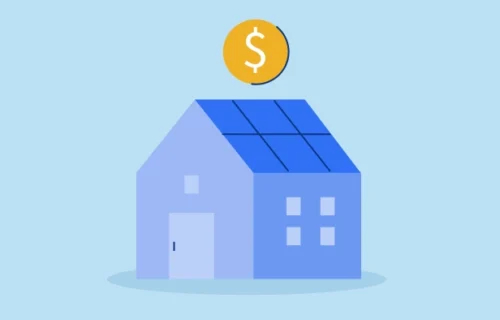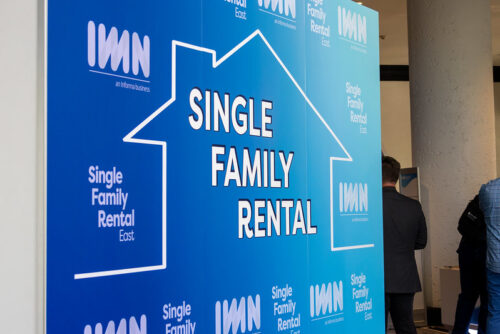
Connect with a Lima One expert today!
If you’d like to know more about this topic or see how it applies to your project, let’s talk.
Keys to understanding rental property loans
Keys to understanding residential rental property loans
It can take years, decades even, to acquire every piece of knowledge that goes into understanding the nuances of getting a loan to purchase a rental property. From novice investors to seasoned pros, the spectrum of financing can be akin to reading The Millionaire Real Estate Investor backwards and in Sanskrit, as the landscape is constantly evolving.
What are the key things you need to know about those rental property loans? We’ve created a list of some of the most important.
- Underwriters want to know if you have the potential to be a good landlord. Sounds easy, but if you have no experience as a landlord, what can you do? We advise hiring a property manager to start. That will give a lender some faith your tenants will be taken care of, which means money coming in, which means the loan gets repaid. Some lenders will give you better rates based on experience and/or the experience of your property manager, so you will benefit financially as well as from a risk management perspective.
- Four main factors that affect your loan proposal: credit score, debt-to-income ratio, cash reserves and loan-to-value ratio on the investment property. But these factors aren’t the only terms you need to know on a term sheet. For example, look for a borrower-friendly feature that allows an investor to delay paying interest on rehab funds in a loan until actually drawing them. At Lima One Capital, this kind of commitment funding is available for experienced flippers on FixNFlip loans, but everyone is eligible for this benefit on Fix2Rent loans. This is one factor that can help an investor who is starting with the BRRR strategy save money through a Fix2Rent loan. This is one example of a specific loan feature that can pay off big—so know what to look for.
- Rates on your mortgage always will be higher for a rental property than an owner-occupied one. This primarily happens because Fannie Mae and Freddie Mac back many primary residence mortgages. With direct lenders like Lima One Capital, rates fluctuate with the market, and over time they have gotten closer to what traditional banks can offer. Still, you should expect your investment property rate to be at least 50 bps higher, so that you compare apples to apples.
- A related tip: Fannie Mae currently allows each investor to carry approximately 10 loans at any time. That number seems huge to new investors, but it runs out quickly for investors someone with a growing portfolio. At some point, most investors will have to move away from traditional banks or even community banks to find alternate sources of funding. That’s when many turn to Lima One Capital or other private lenders.
- Ask five different people how much to have in reserves for your investment, and you’ll get different answers. It will depend on whether you’re doing flips or heavy rehab projects, how aggressively you want to use your equity to leverage your portfolio, and more. Make sure your reserves cover capital expenditures needed on your portfolio, the construction and rehab costs you have on your plate, with enough set aside for unexpected surprises that real estate investors actually learn to forecast. Often the underwriting for your loan will require a certain amount of reserves as you invest.
These five tips don’t cover everything, because there is a lot to learn. But they will speed up your research and help you ask better questions moving forward. So when you’re ready to finance a loan, remember these five keys, and use them to evaluate loan options.
Subscribe for More Insights
Get the latest industry news & Lima One updates.









